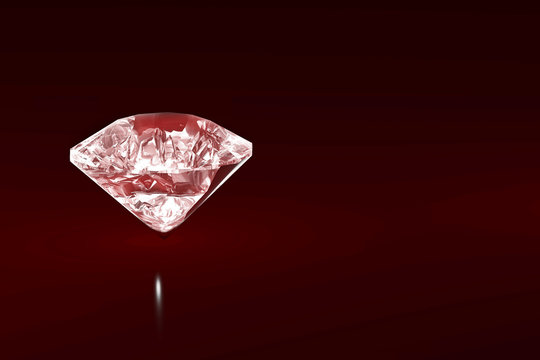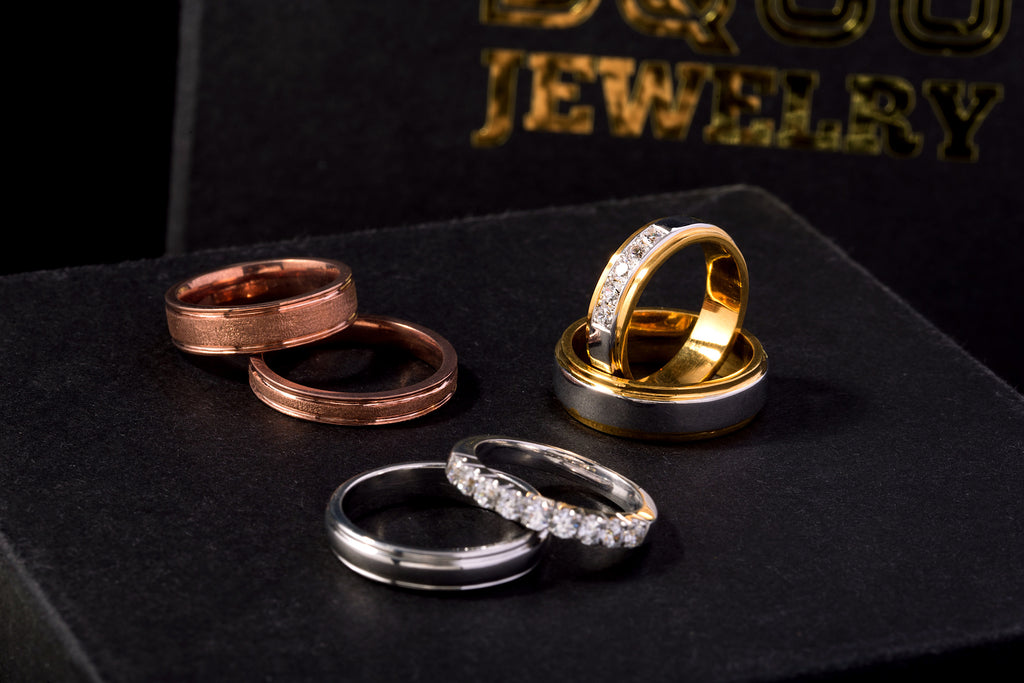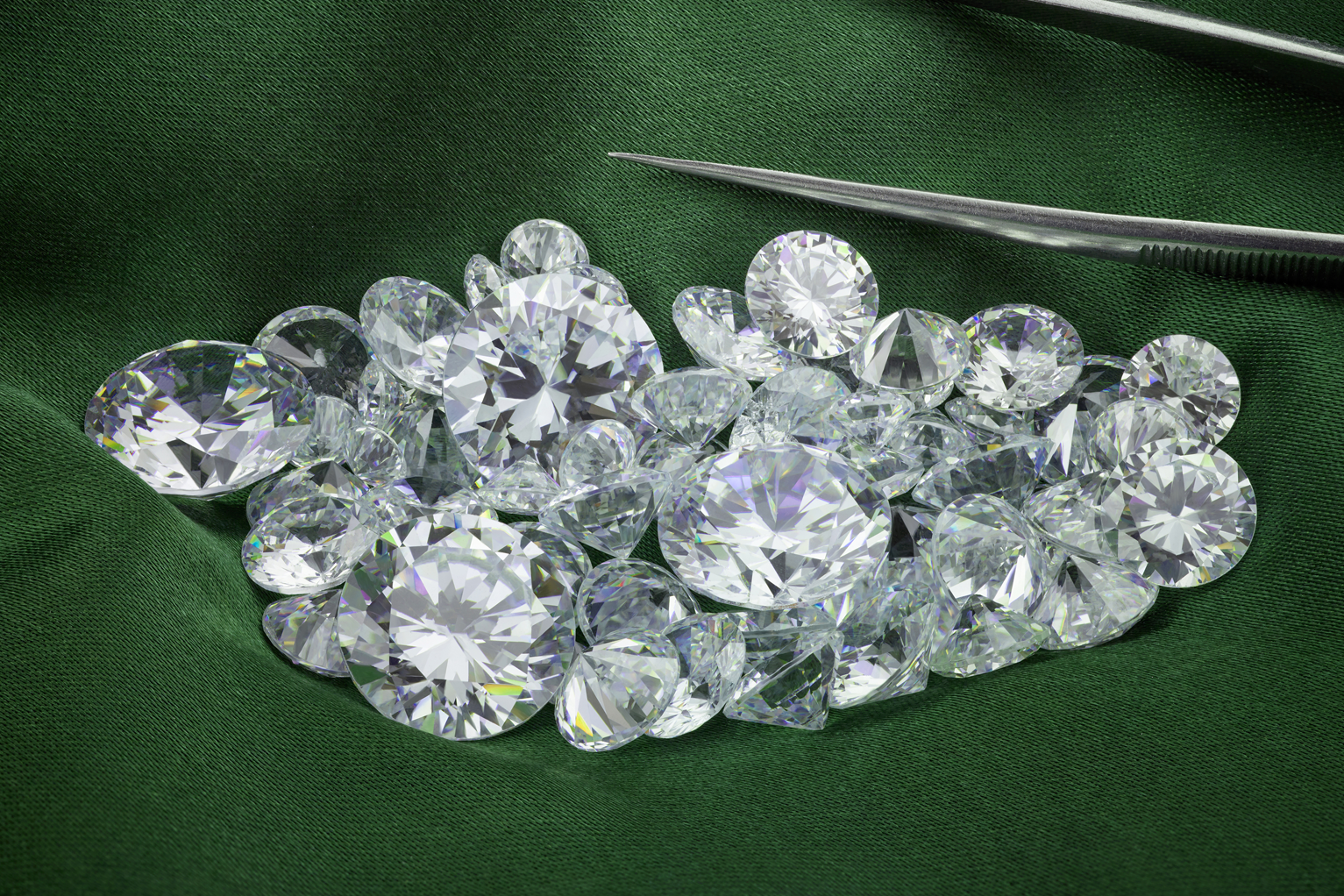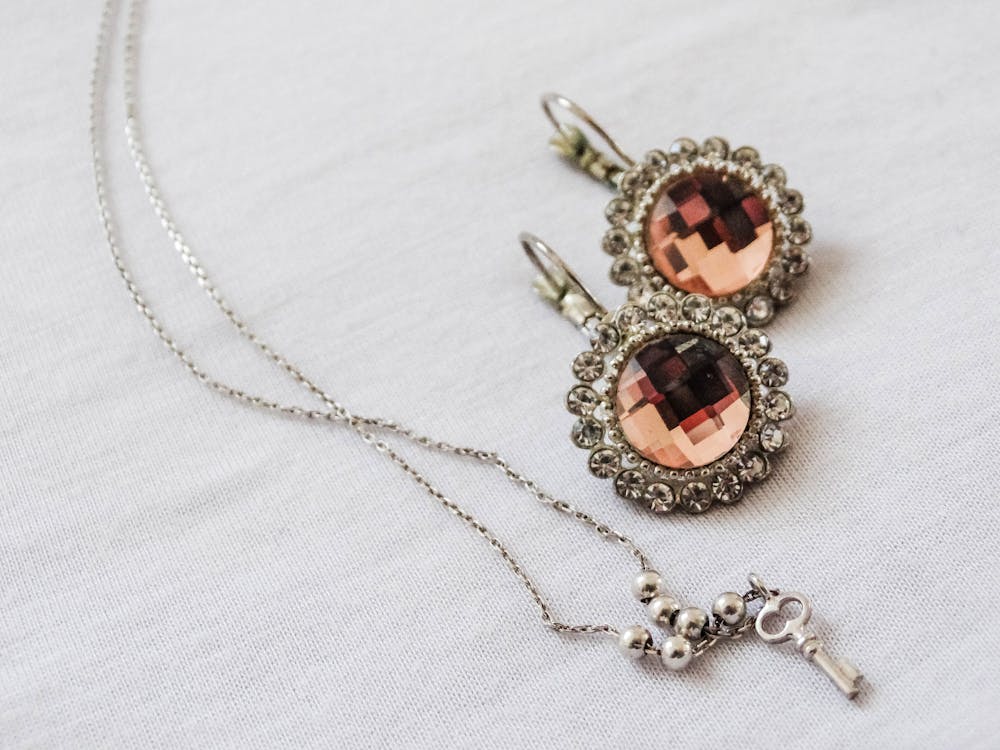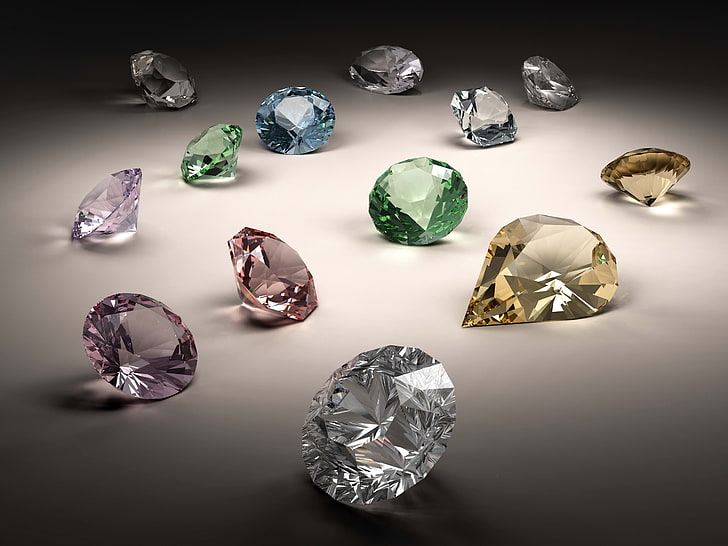
When it comes to purchasing a lab-grown diamond, one of the most important decisions buyers need to make is which certification to trust. The two most reputable gemological laboratories in the industry are IGI (International Gemological Institute) and GIA (Gemological Institute of America). Both organizations are well-respected for their diamond grading systems, but they differ in various aspects when it comes to lab-grown diamonds. In this article, we will delve into the key differences between igi vs gia lab grown diamonds, helping you make an informed decision about your purchase.
Table of Contents
What is IGI and Its Role in Lab Grown Diamond Certification?
IGI is a well-known gemological laboratory that has been certifying diamonds and gemstones since its establishment in 1975. The institute is respected worldwide for its comprehensive grading system, which evaluates diamonds based on the 4 Cs: Cut, Color, Clarity, and Carat Weight. In recent years, IGI has become a significant player in the lab-grown diamond certification space. As lab-grown diamonds gain in popularity, IGI offers grading reports for these diamonds, ensuring they meet the standards of quality and authenticity.
When it comes to IGI vs GIA lab-grown diamonds, IGI focuses on offering a thorough and straightforward grading process. IGI’s lab-grown diamond reports include essential information such as the stone’s cut quality, color grade, clarity, carat weight, and whether the diamond is natural or lab-grown. For buyers looking for clear and accessible diamond certification, IGI offers an attractive option.
What Sets GIA Apart in Lab Grown Diamond Certification?
GIA is one of the most prestigious and widely recognized names in the diamond industry. Founded in 1931, GIA is renowned for its unbiased, scientific approach to diamond grading, and it has long been the gold standard for natural diamond certification. More recently, GIA has expanded its expertise to include the certification of lab-grown diamonds.
GIA’s approach to lab-grown diamond certification is highly respected due to its rigorous, consistent grading process. GIA lab-grown diamond reports follow the same grading criteria as those used for natural diamonds, including cut, color, clarity, and carat weight. GIA’s reports also include detailed information on the diamond’s origin, indicating whether it is natural or lab-grown. When comparing IGI vs GIA lab-grown diamonds, GIA is often seen as the more prestigious of the two, with a long history of providing the most accurate and transparent diamond grading.
Grading Systems: IGI vs GIA Lab Grown Diamonds
The grading systems used by IGI and GIA are both highly respected in the diamond industry, but there are notable differences when it comes to lab-grown diamonds. IGI lab-grown diamond certificates use a straightforward approach to grading, providing clear details on the diamond’s cut, clarity, color, and carat weight. IGI is known for being slightly more lenient when grading diamonds, which means that some diamonds may receive higher grades compared to GIA’s more conservative grading system. As a result, some buyers prefer IGI for its more generous grading, though it’s important to note that this difference doesn’t necessarily indicate that IGI’s grading is inaccurate—just that the two laboratories may have different grading philosophies.
On the other hand, GIA is known for its stringent and thorough grading process. GIA’s grading system for lab-grown diamonds is highly precise, making it a more conservative approach compared to IGI. As a result, GIA lab-grown diamonds may receive lower grades for color or clarity compared to IGI-certified stones, but GIA’s reputation for accuracy and consistency makes it a trusted choice for many buyers who prioritize transparency and reliability. For those looking for a rigorous, industry-leading grading system, GIA is often the preferred choice in the IGI vs GIA lab-grown debate.
Pricing Differences: IGI vs GIA Lab Grown Diamonds
When comparing the pricing of IGI vs GIA lab-grown diamonds, there are several factors to consider. Generally speaking, lab-grown diamonds with IGI certification tend to be priced lower than those with GIA certification. This price difference is primarily due to the fact that GIA-certified diamonds often command a higher price due to the lab’s prestigious reputation and rigorous grading process. As a result, diamonds with GIA certificates are often seen as having a higher resale value and may be more desirable in the long run for buyers who are investing in their diamonds.
However, IGI lab-grown diamonds can still offer excellent value for buyers who are looking for a more affordable option while maintaining high-quality standards. Since IGI’s grading system may be more lenient than GIA’s, buyers may find that they can purchase a larger or higher-quality lab-grown diamond for a lower price with an IGI certificate. It’s essential for buyers to weigh the pros and cons of each certification when considering the price difference, as both IGI and GIA-certified diamonds offer outstanding quality.
Transparency and Trustworthiness: IGI vs GIA Lab Grown Diamonds
One of the main advantages of both IGI and GIA man made diamonds is the level of transparency they provide. Both laboratories issue detailed grading reports that include a wealth of information about the diamond’s specifications. This ensures that buyers can make informed decisions based on accurate data regarding the quality of the diamond they are purchasing.
However, GIA is often seen as the more trustworthy option when it comes to transparency. Due to GIA’s long history in the diamond industry, it has built a reputation for delivering consistent, reliable, and unbiased grading. Many consumers view GIA certificates as the most trusted in the industry. On the other hand, IGI, while reputable, is often considered a slightly less established choice for lab-grown diamond certification. While IGI’s grading process is still highly reliable, some buyers may feel more confident with GIA certification due to its longstanding influence in the diamond world.
Consumer Preferences: IGI vs GIA Lab Grown Diamonds
When it comes to consumer preferences, both IGI and GIA lab-grown diamonds have their supporters. GIA’s high level of transparency and industry reputation make it the preferred choice for many buyers who are looking for the utmost assurance of quality and authenticity. Consumers who value the prestige associated with GIA often choose their certification for its rigorous grading and international recognition.
On the other hand, IGI lab-grown diamonds may appeal to buyers who are looking for more budget-friendly options without compromising on the quality of the diamond. Those who appreciate a straightforward grading system and are more flexible in their certification preferences may find IGI lab-grown diamonds to be an attractive option.
Conclusion: Which is Better – IGI vs GIA Lab Grown Diamonds?
In the debate of IGI vs GIA lab-grown diamonds, both organizations offer exceptional value, but the choice largely depends on individual preferences and priorities. If you are seeking the most renowned and rigorous certification in the industry, GIA is the obvious choice due to its established reputation for accuracy, transparency, and consistency. However, if you are looking for a more affordable option while still receiving a reliable grading report, IGI lab-grown diamonds can be an excellent choice for buyers seeking quality at a more accessible price point.




